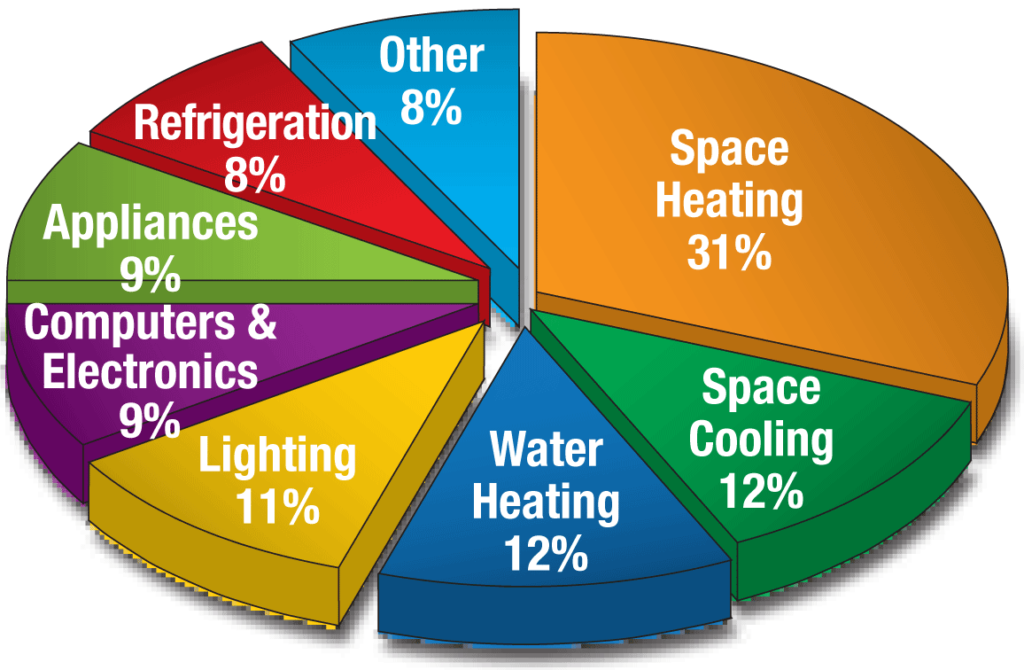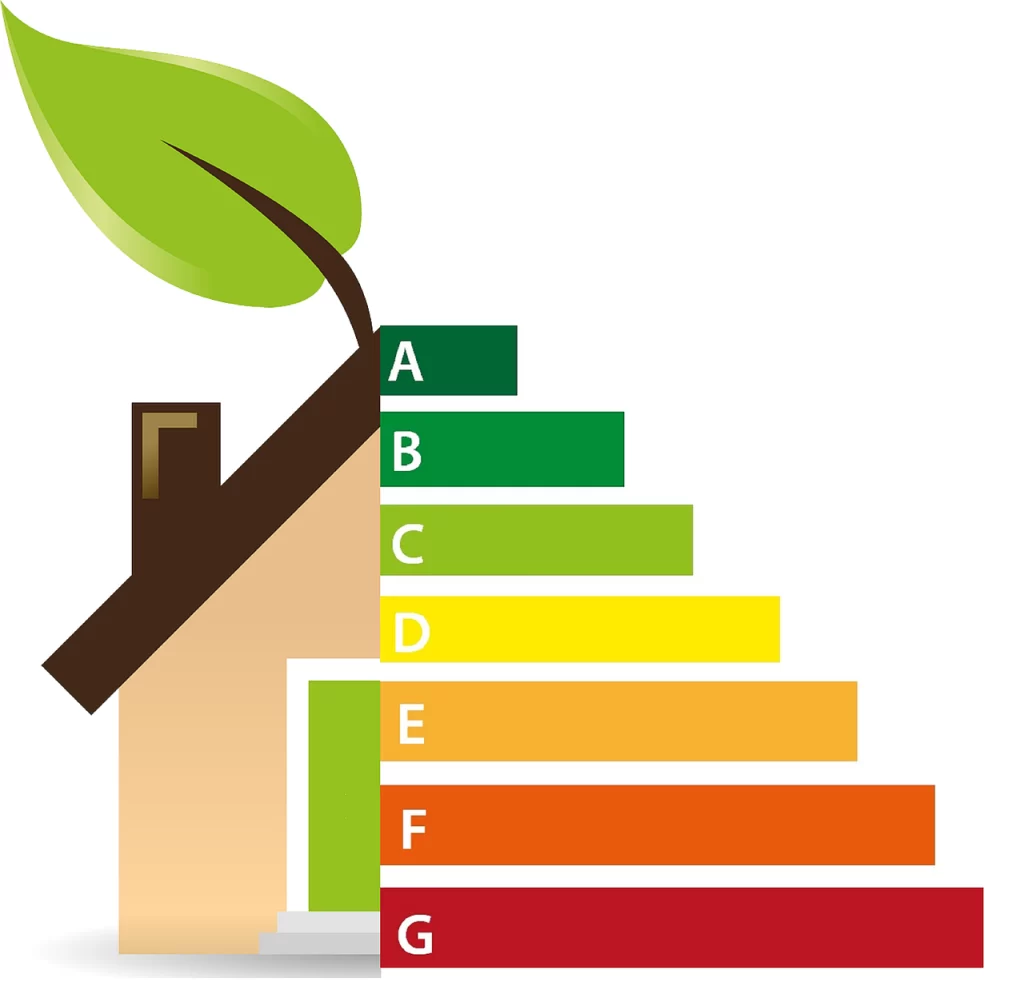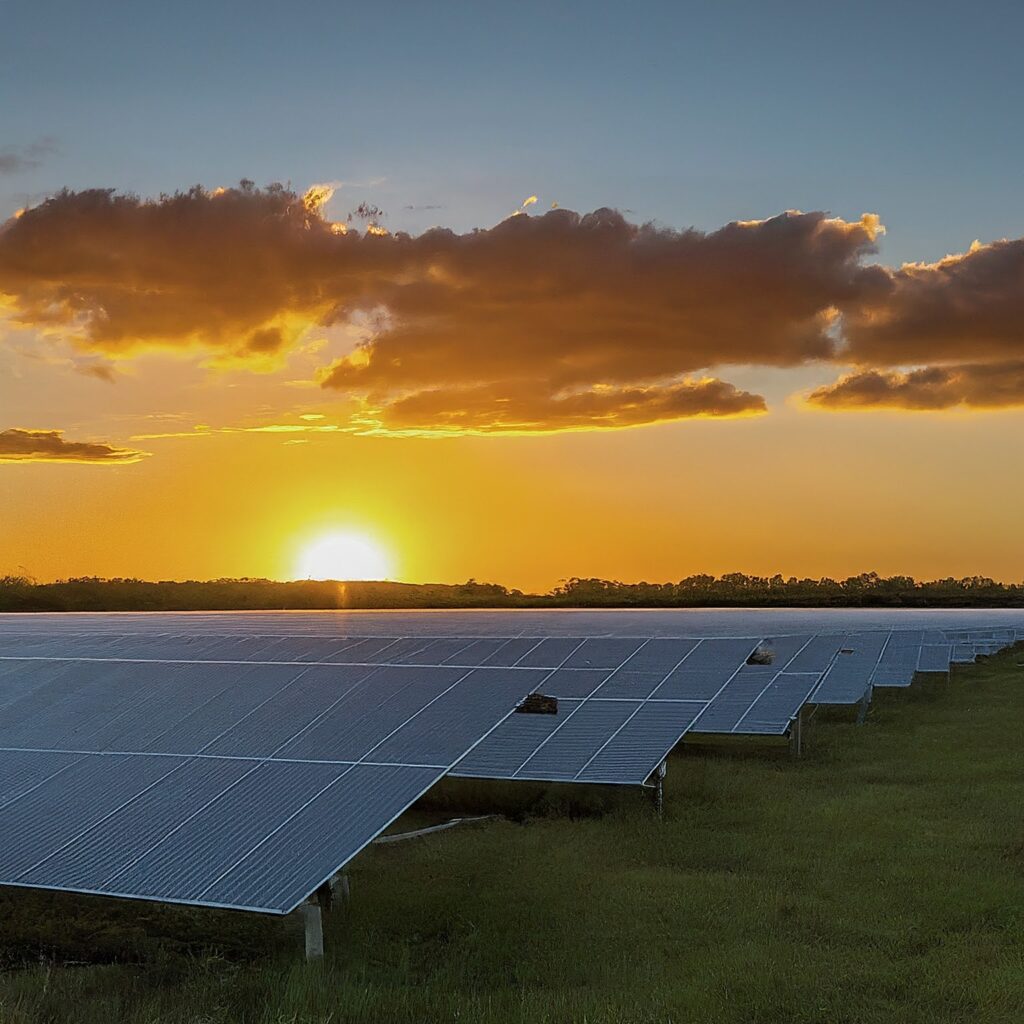Energy efficiency is a key component of sustainable living, focusing on the smart use of energy to reduce consumption and lower environmental impact. This page explores various strategies and technologies that can help individuals and businesses minimize energy use while maintaining comfort and functionality.
1. Why Energy Efficiency Matters

Energy efficiency not only helps reduce greenhouse gas emissions and reliance on fossil fuels but also leads to significant cost savings. By optimizing energy use, households and businesses can lower utility bills and contribute to a more sustainable future.
The image to left is the typical energy use for a household in the Northern Hemisphere.
The household energy pie graph depends where you are, in Temperate South Africa our Water heating the most (30-40%), followed by space heating at 13-20%.
2. Key Areas of Focus
The key areas of focus, or ‘Low-Hanging Fruit’ in the generation world, is items that will give the most benefit with least effort. The concept of “low-hanging fruit” is often oversimplified. While quick wins are essential, a strategic approach is crucial. True energy efficiency involves identifying and addressing the most significant energy drains within a home. This requires a holistic assessment of energy consumption patterns, rather than solely focusing on easily accessible improvements.
- Insulation and Building Design Proper insulation and energy-efficient building designs are crucial in minimizing energy loss. Well-insulated buildings maintain temperature more effectively, reducing the need for heating and cooling.
- Efficient Appliances and Lighting Using energy-efficient appliances and LED lighting can drastically cut energy consumption. These devices use less energy to perform the same tasks, providing a simple yet impactful way to enhance energy efficiency.
- Renewable Energy Sources Integrating renewable energy sources, such as solar panels and wind turbines, into buildings and infrastructure can further reduce reliance on non-renewable energy. These technologies harness natural energy, offering a clean and sustainable power solution.
- Smart Energy Management Systems Smart thermostats and energy management systems allow for better control and optimization of energy use. These systems can adjust energy consumption based on occupancy, weather, and time of day, ensuring efficient energy use.
3. Top 10 Tips for Improving Energy Efficiency
- Harness the Power of Natural Light: Open curtains and blinds during the day to brighten your space and reduce reliance on artificial lighting.
- Unplug Unused Electronics: Electronics continue to consume energy even on standby mode. Unplug chargers, TVs, and other appliances when not in use.
- Switch to LED Bulbs: Replace traditional incandescent bulbs with energy-efficient LEDs. LEDs use up to 80% less energy and last significantly longer – up to ten times.
- Wash Clothes in Cold Water: Heating water accounts for a significant portion of laundry energy use. Opt for cold water washing cycles whenever possible.
- Air Dry Clothes Whenever Possible: Skip the dryer and hang clothes outside or use a drying rack indoors to save energy.
- Lower Your Thermostat Setting: Reduce your thermostat in winter by a few degrees and use warmer clothing. In summer, raise the setting and utilize fans for cooling. This also applies to you Geyser (HWC) – just set it to 60°C.
- Seal Air Leaks: Prevent drafts by sealing gaps around windows and doors, which can significantly reduce heating and cooling costs.
- Upgrade Your Appliances: As your appliances reach the end of their lifespan, consider replacing them with energy-efficient models. Look for the Energy Star label when making purchases.
- Power Down Electronics at Night: Completely turn off electronics like computers and TVs at night instead of leaving them on standby mode.
- Get a Home Energy Audit: A professional energy audit can identify areas where your home is losing energy and recommend improvements for better efficiency.

Explore Further
Read our Blog “Energy efficiency in a Nutshell.“
Interested in learning more about energy efficiency and how you can implement these strategies in your home or business? Click the button below to dive deeper into practical tips, case studies, and the latest innovations in energy-efficient technologies in our fREe Energy Course.
The Passive House concept originated in Germany and has gained global recognition. It focuses on ultra-energy-efficient buildings that require minimal heating or cooling. (Passive House Association)
10 case studies to support energy efficiency narratives (Energy Efficiency Watch EU project)
Conclusion
Energy efficiency goes beyond a mere buzzword—it’s a powerful tool for building a sustainable future. By embracing conscious choices in our energy consumption habits, we collectively harness the power of efficiency to make a significant environmental impact.
Remember, energy efficiency isn’t just about the appliances we use, but also about our own behaviours. As the proverb goes, “Waste not, want not.” Simple adjustments in our daily routines, coupled with smart appliance choices, can lead to dramatic energy reductions, translating to lower bills and a healthier planet.
Prioritizing energy efficiency (EE) is paramount before investing in renewable energy (RE) technologies. By optimizing a building’s energy consumption through EE measures, substantial cost savings can be realized. In essence, implementing EE is not merely an option but a prerequisite for cost-effective and sustainable RE integration.


